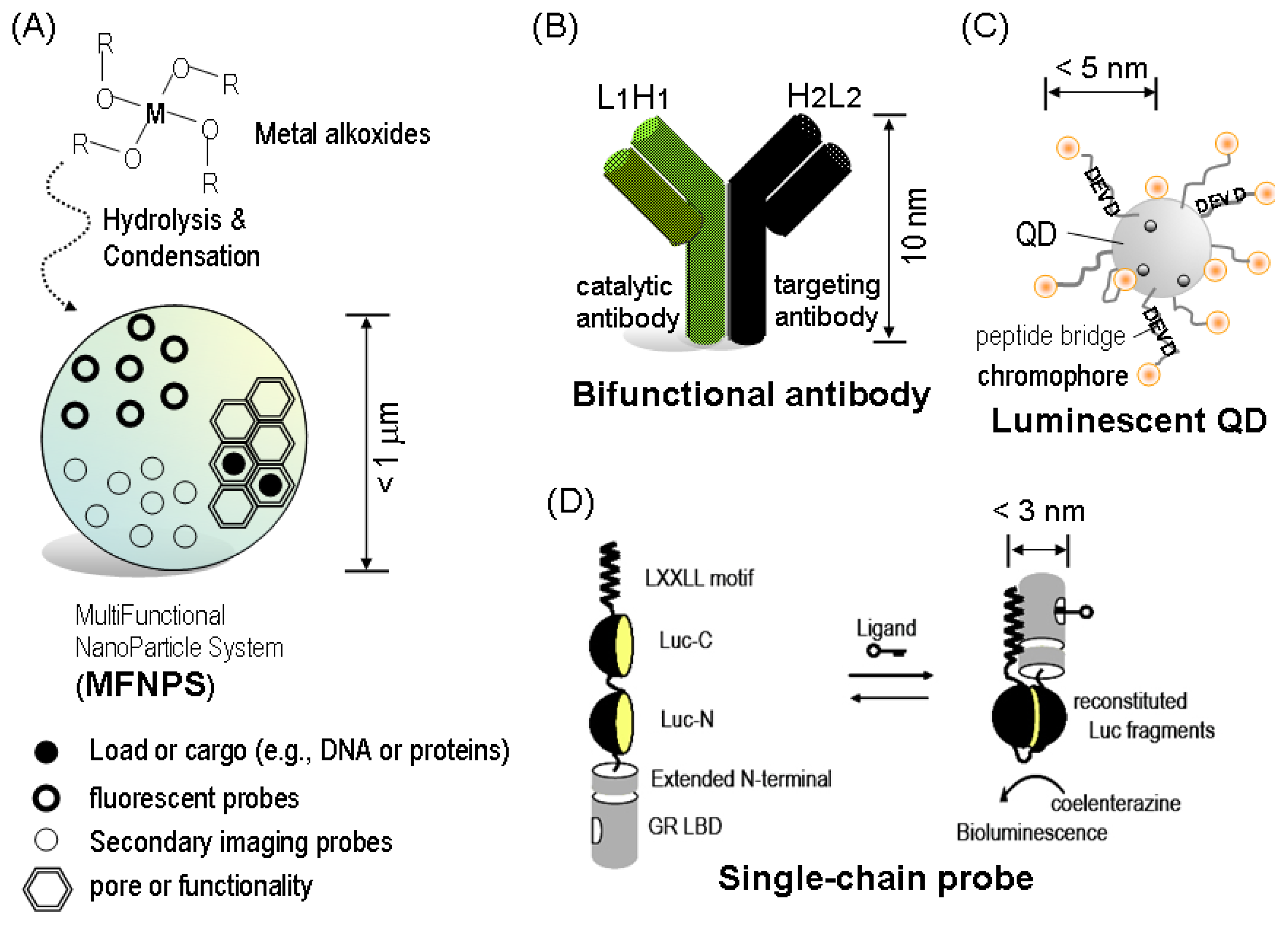
The top-of-the-line version of Jellyfish sold for $250 in 1995. Now let’s look at some of the features that make XG an essential tool for a backgammon player. XG version 2 followed a few years later, and version 3 is rumored to be nearing release.Īll right, that’s enough of a history lesson. Snowie ruled the roost for 11 years but in 2009 the first version of XG was released with yet another big jump in playing strength as well as huge improvements in speed and user features. In 1998 Jellyfish was superceded by Olivier Egger’s Snowie, which featured another jump in playing strength and many additional user features. Jellyfish was similar in playing strength to TD-Gammon, but added plenty of useful features to make it a successful commercial product. IBM had no interest in marketing TD-Gammon, but in 1994 Frederick Dahl created Jellyfish, a second-generation neural net. Neural nets turned out not to be suitable for some applications, but they were fabulously successful when applied to backgammon. The project was designed to test the effectiveness of neural-net technology in various real world applications.


Gerry Tesauro at the IBM research laboratories in White Plains back in the late 1980s. The first generation was a program called ‘TD-Gammon’, developed by Dr. Period.ĮXtreme Gammon is a fourth-generation neural net backgammon program.
#Crack extreme gammon software
It’s the best backgammon software available, and if you’re a serious player (or aspire to be one) you have to have it. Do I like this product? Do I really like this product? Can I wholeheartedly recommend it, or do I have a few lingering reservations?įortunately, eXtreme Gammon (or ‘XG’ as it’s known in the backgammon world) presents no such problems.


 0 kommentar(er)
0 kommentar(er)
